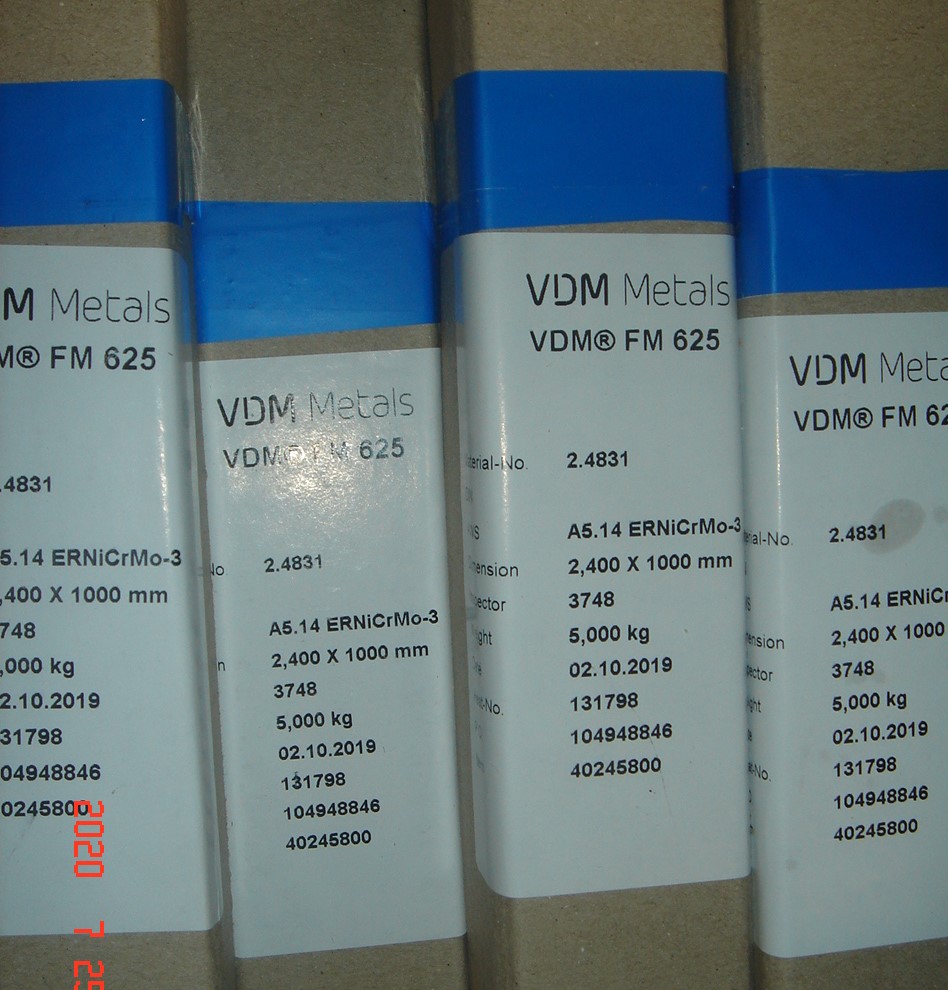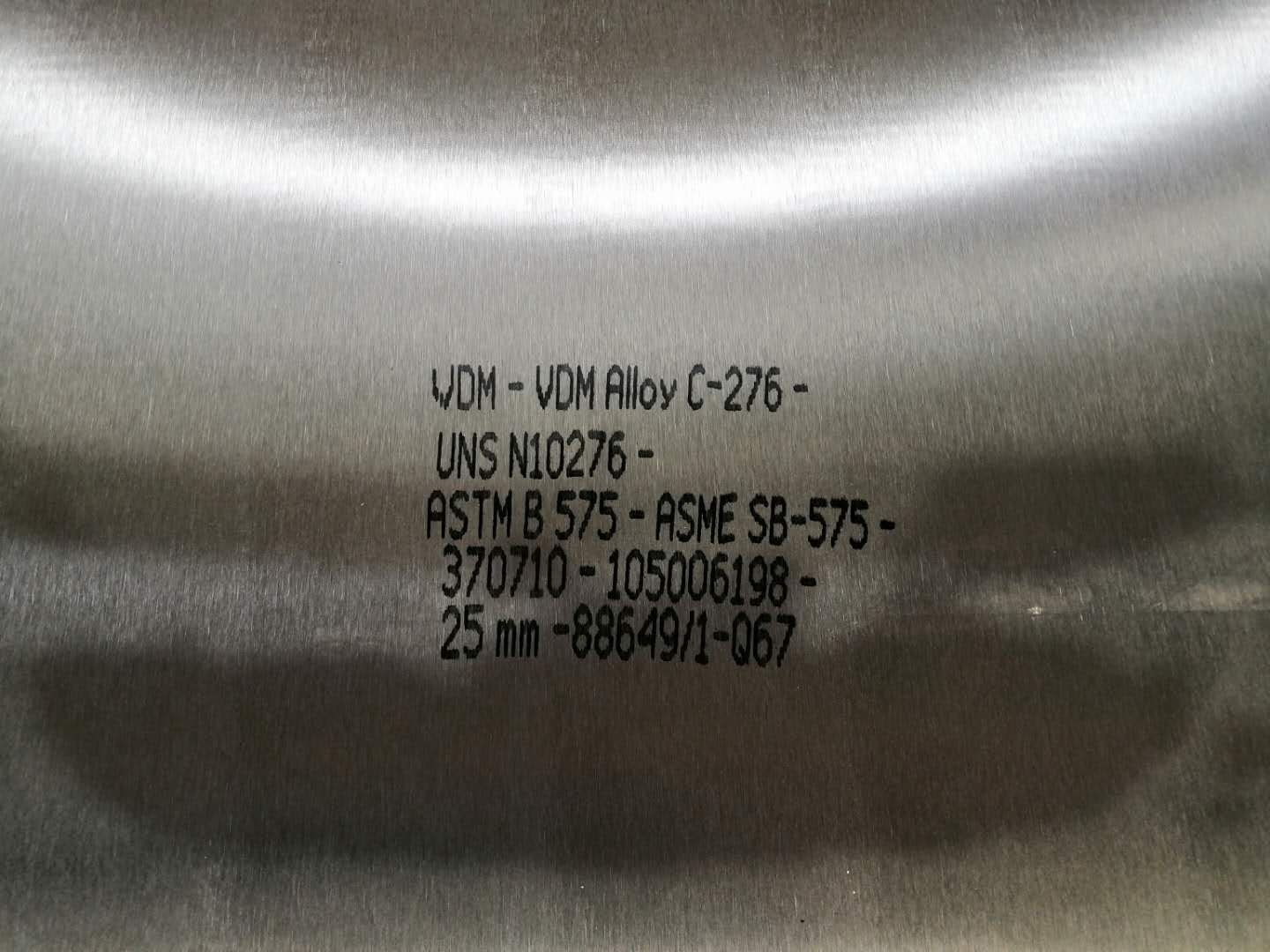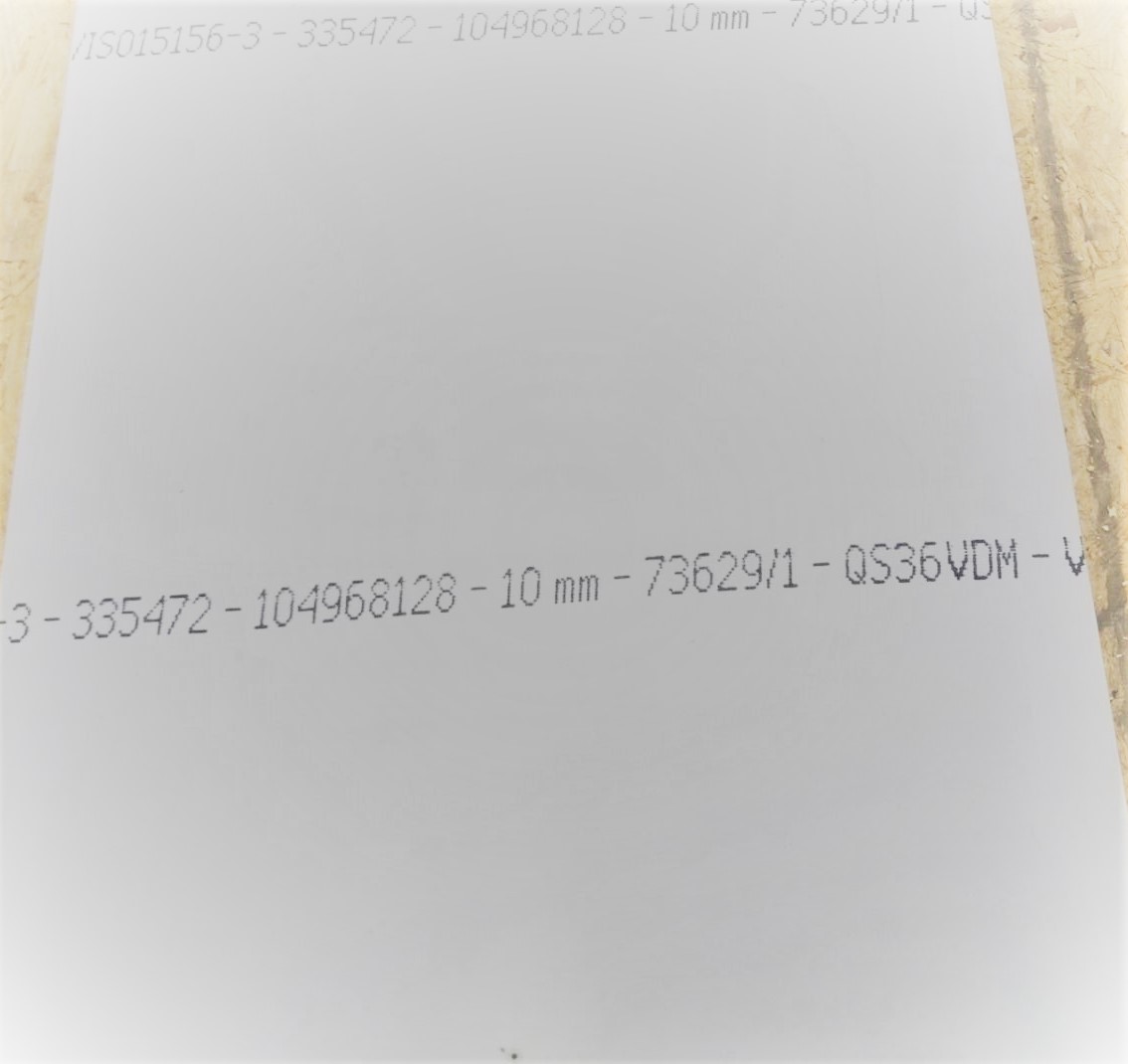Applications of 825 Material in the Oil and Gas Industry
Author: Date:2025-02-28 Browse Volume:132 times1. Composition Characteristics The 825 material, namely Incoloy 825 alloy, is an austenitic nickel-iron-chromium alloy, with elements such as molybdenum, copper, and titanium added. Its chemical composition is roughly as follows: nickel content is 38 - 46%, chromium content is 19.5 - 23.5%, copper content is 1.5 - 3%, and molybdenum content is 2.5 - 3.5%. The combination of these elements is like creating a set of sturdy "armor" for it. Nickel endows the material with good ductility and corrosion resistance, enabling it to remain stable in complex chemical environments; chromium enhances the oxidation resistance and effectively resists the damage caused by high-temperature oxidation; molybdenum improves the strength and toughness of the alloy under high-temperature conditions; and the addition of aluminum and titanium stabilizes the microstructure of the alloy at high temperatures. 2. Performance Advantages
Superior Corrosion Resistance: During the extraction and transportation of oil and gas, various corrosive media will be encountered, such as sulfuric acid, hydrochloric acid, organic acids, and acidic gases containing hydrogen sulfide. The 825 material has extremely high corrosion resistance to both oxidizing acids and non-oxidizing acids. In non-aerated pure sulfuric acid, based on the statistical laws of a large number of laboratory and factory equipment operation experiences, the corrosion rate of the 825 alloy in acids of all concentrations below 50°C is less than 0.15mm/a, showing reliable corrosion resistance; at the boiling temperature, the corrosion rate in sulfuric acid with a concentration less than 40% is 0.5mm/a, which is within the corrosion-resistant range. In a sulfur-containing environment, it has excellent resistance to sulfide stress cracking (SSC). When some other stainless steels may suffer from corrosion and sulfide stress cracking due to exposure to a hydrogen sulfide environment, the 825 material can still maintain good performance.
Outstanding Mechanical Properties: From low temperatures to moderate high temperatures (below 540°C), the 825 material has good mechanical properties and can maintain stable strength and toughness under different temperature conditions. This enables it to work reliably under various working conditions in the oil and gas industry, whether it is the oil and gas pipelines in cold regions or the refining equipment in high-temperature environments. At the same time, it also has good ductility and can be processed and welded using conventional methods, which is convenient for manufacturing various complex components and equipment.
Pitting and Crevice Corrosion Resistance: In oil and gas production, pitting and crevice corrosion are common forms of corrosion, which are likely to cause damage and leakage of equipment. The relatively high chromium and molybdenum content of the 825 material endows it with a high level of resistance to chloride pitting and crevice corrosion. It can maintain good performance in high-chlorine environments such as seawater and in some connecting parts where crevices are likely to occur, effectively extending the service life of the equipment. 3. Application Scenarios
Submarine Pipelines: The submarine environment is complex, seawater is highly corrosive, and the pipelines need to withstand huge water pressure. The 825 material is often used in the manufacturing of submarine pipelines. For example, a thin layer of 825 corrosion-resistant alloy is coated on the inner diameter of the pipeline, while the outer shell uses carbon steel to provide mechanical strength. Such a combination can not only ensure the corrosion resistance of the pipeline but also reduce costs. Some customers also use the 825 material for the welding overlay, welding a thin layer of 825 to components made of carbon steel or other materials, and use it to build high-specification materials such as large containers or metal components, such as pipelines, valves, flanges, connectors, elbows, and pipeline components. This not only shortens the delivery time but also reduces costs.
Refining Equipment: In a refinery, the fractionating tower is a key device for separating crude oil into different boiling range fractions. The 825 material is one of the ideal materials for the fractionating tower and can withstand the corrosion of crude oil and its fractions. Air-cooled heat exchangers, also known as air fin coolers, play a crucial role in refineries and are used to help remove the heat generated during the production process. In harsh environments where other materials fail prematurely, the 825 material becomes the most ideal choice due to its excellent performance.
Acidic Gas Field Extraction Equipment: A large proportion of the global natural gas reserves are acidic gases containing a large amount of hydrogen sulfide. In addition to the corrosive environmental conditions, acidic gas fields may also need to be exploited at temperatures as high as 260°C and pressures as high as 1,700bar. Under such harsh conditions, the 825 material can still meet the requirements for corrosion resistance and strength, ensuring the reliable operation of the equipment within a service life of 30 years. Therefore, it is widely used in the extraction equipment of acidic gas fields. With the continuous development of the oil and gas industry, the requirements for material performance are getting higher and higher. The 825 material, with its excellent corrosion resistance, good mechanical properties, and reliability under various complex working conditions, plays an irreplaceable role in the oil and gas industry. Great Group has a large stock of 825 materials from Japan Metals & Chemicals Co., Ltd. and Outokumpu of Sweden. If you have needs in this regard, you are welcome to consult our company.

The differences between genuine imported products and domestically produced narrow metal-rolled strips.
Next:Exploring the Bonded Warehouse




